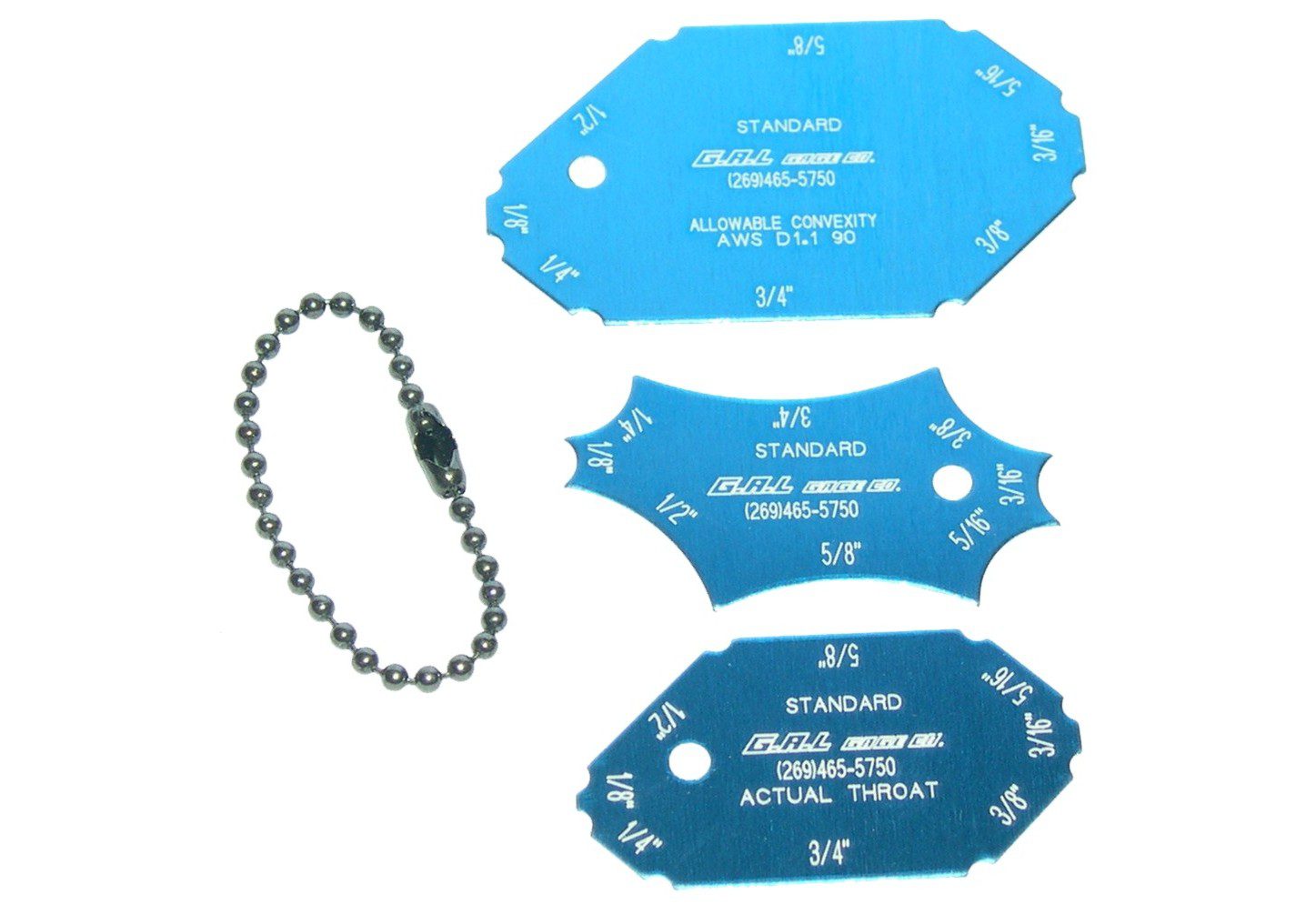How to Accomplish Accuracy with Gauge Fillet Welds in Your Tasks
How to Accomplish Accuracy with Gauge Fillet Welds in Your Tasks
Blog Article
The Ultimate Overview to Fillet Weld Top Quality Control: Ensuring Strength and Durability in Your Welded Joints
In the world of welding, making certain the stamina and resilience of fillet welds is extremely important for the stability of welded joints. As we begin on this expedition of fillet weld high quality control, we will certainly uncover necessary factors that affect weld toughness, dive right into efficient examination methods, and review strategies for avoiding usual weld problems.
Value of Fillet Weld Quality Control
Guaranteeing correct fillet weld top quality control is critical in ensuring the architectural honesty and longevity of welded components in different markets. Fillet welds are generally made use of in architectural steelwork, bridges, pressure vessels, pipelines, and other vital facilities where the toughness of the weld is critical to overall safety and performance. Quality control steps such as visual evaluations, non-destructive testing, and adherence to welding procedures help identify potential problems like lack of fusion, incomplete infiltration, damaging, or extreme support.
Secret Elements Affecting Weld Stamina
Achieving optimum weld strength calls for cautious factor to consider of different key variables that influence the honesty and sturdiness of the bonded joint. The very first crucial factor is appropriate joint preparation, which includes cleansing the base metals to get rid of any pollutants that can compromise the weld. In addition, the fit-up of the joint is important to make certain proper penetration and blend of the filler material.
The choice of the ideal welding technique and specifications also plays a substantial role in establishing weld toughness. Elements such as warmth input, traveling speed, and electrode angle can affect the quality of the weld. Preserving the right interpass temperature level throughout multi-pass welding is essential to prevent cracking and guarantee a strong bond between the layers.
Additionally, the option of filler material and its compatibility with the base metals is vital for attaining high weld toughness. Making use of filler product with the proper mechanical properties can enhance the total honesty of the weld. Post-weld warmth therapy and appropriate assessment methods are vital steps in ensuring the toughness and longevity of the bonded joint.
Evaluation Methods for Weld Honesty

One more crucial examination technique is fluid penetrant testing, where a fluid dye More about the author is put on the weld surface - Gauge Fillet Weld. The color seeps into any kind of surface-breaking flaws, making them visible under UV light. This technique is effective for identifying defects that might not show up to the nude eye


Ultrasonic testing is additionally commonly used for checking weld integrity. High-frequency acoustic wave are guided right into the weld, and any type of disturbances in the sound wave pattern indicate prospective defects like splits or lack of combination.
These inspection techniques play a vital function in ensuring the high quality and integrity of welds, ultimately adding to the overall stamina and durability of bonded joints in commercial settings.
Stopping Usual Weld Problems
In order to preserve the architectural integrity of welded joints in commercial applications, it is crucial to execute preventative procedures to attend to typical weld issues. One usual issue is absence of blend, where the filler product falls short to bond properly with the base steels, leading to weak spots in the weld. This can be prevented by making certain proper warmth control and making use of the correct more helpful hints welding method.
Another frequent issue is porosity, brought on by gas entrapment in the weld steel throughout the welding process. To avoid this, it is vital to clean up the base steels completely, utilize completely dry electrodes, and preserve a suitable welding environment with proper air flow.
In addition, splits in welds click now can endanger the joint's toughness. To prevent this flaw, it is very important to manage the cooling rate after welding, use pre-heating when essential, and pick proper welding criteria.
Enhancing Bonded Toughness With Appropriate Techniques
One important approach to enhance weld longevity is to guarantee correct weld bead placement. By placing the weld bead precisely within the joint, the weld's toughness and resistance to fatigue can be substantially boosted.
Choosing the right filler steel and making certain the sanitation of the base steels can stop additions and other defects that can endanger the weld's toughness. By carrying out these appropriate techniques, welders can ensure that their bonded joints display extraordinary strength and durability, fulfilling the greatest quality criteria.
Verdict
To conclude, maintaining excellent quality control requirements for fillet welds is essential for making certain the stamina and resilience of bonded joints. By comprehending the key aspects affecting weld toughness, using examination techniques for weld honesty, stopping common weld flaws, and employing appropriate strategies, welders can improve the total resilience of their welds. It is essential to focus on top quality control steps to generate durable and trusted welded joints.
In the world of welding, guaranteeing the strength and longevity of fillet welds is vital for the honesty of welded joints. As we begin on this expedition of fillet weld quality control, we will reveal necessary factors that influence weld toughness, dig right into effective inspection approaches, and talk about approaches for preventing common weld defects.Attaining optimum weld stamina needs mindful factor to consider of numerous key factors that influence the integrity and sturdiness of the bonded joint (Gauge Fillet Weld).In final thought, preserving high top quality control requirements for fillet welds is vital for making certain the toughness and durability of bonded joints. By recognizing the vital variables influencing weld stamina, using evaluation techniques for weld integrity, preventing usual weld issues, and utilizing appropriate techniques, welders can enhance the total toughness of their welds
Report this page